This Forum will close on Wednesday 27 March, 2024. Please refer to the announcement on the Discussions page for further detail.
Camelia Problem
Hello all, i have inherited a cpl of Camelia from a recently passed relative. They have always been in the pots but were located on turf and the roots had grown through the bottom of the pots. these have now been re-located to my house, still in the pots but on slate chippings. Both have been abundant with growth and flowers but as you can see one has just turned brown, this seemed to co-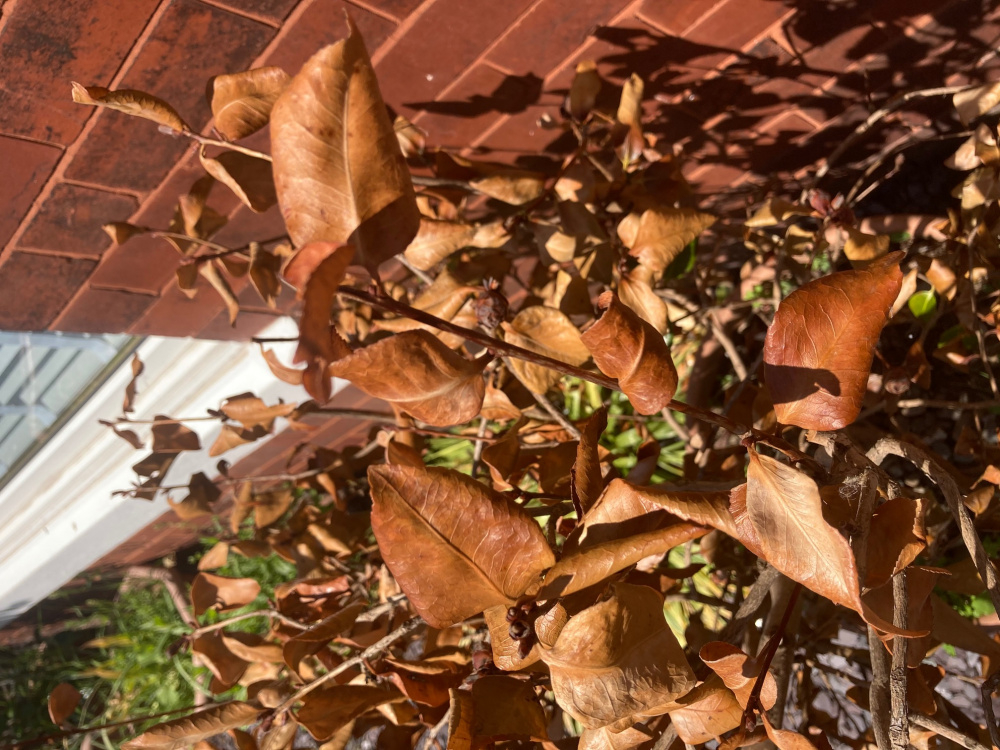
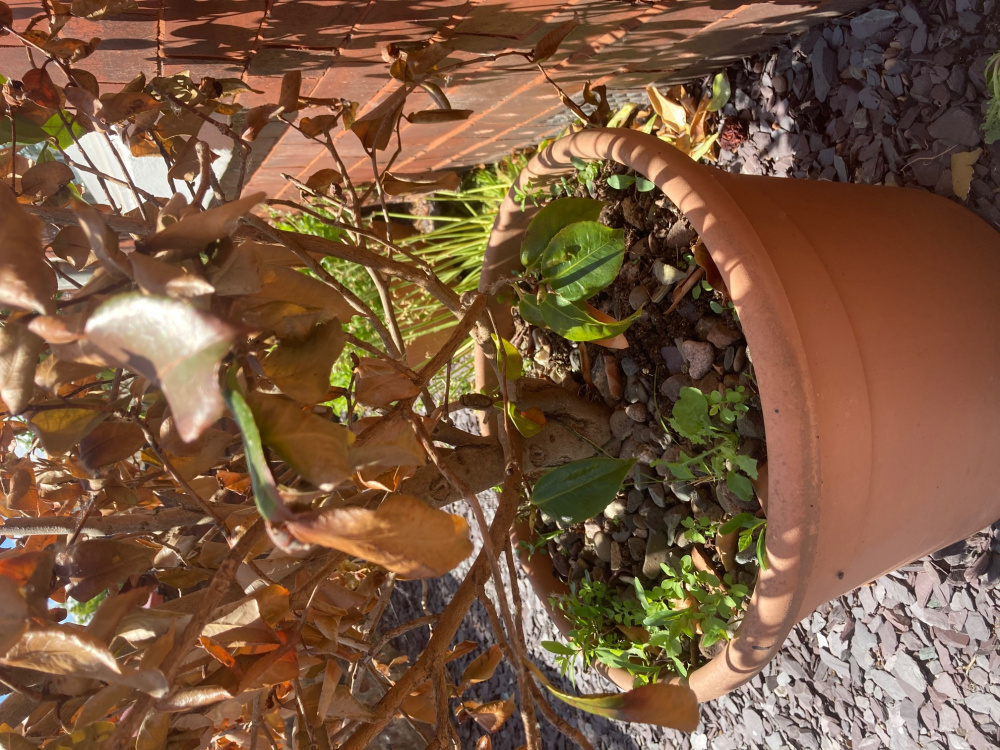
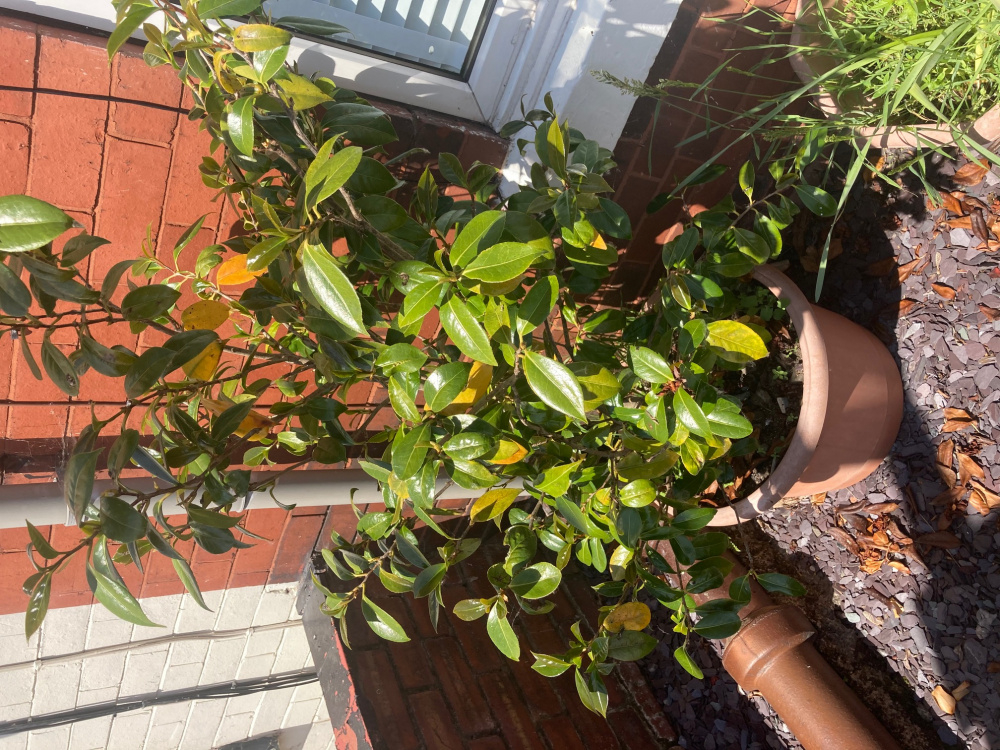
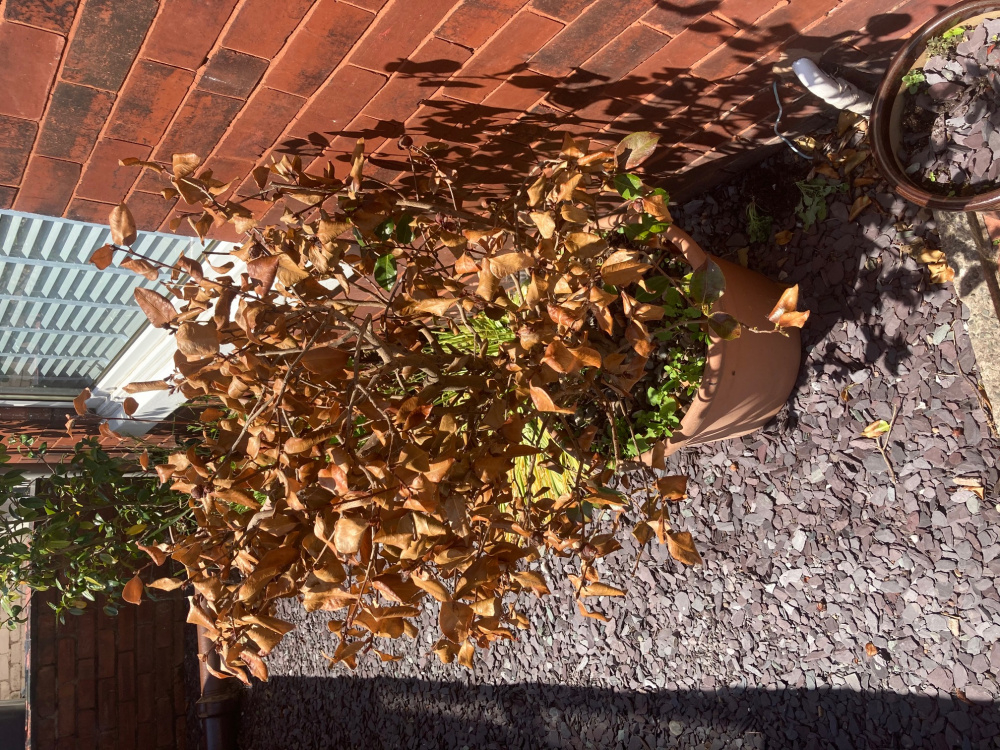
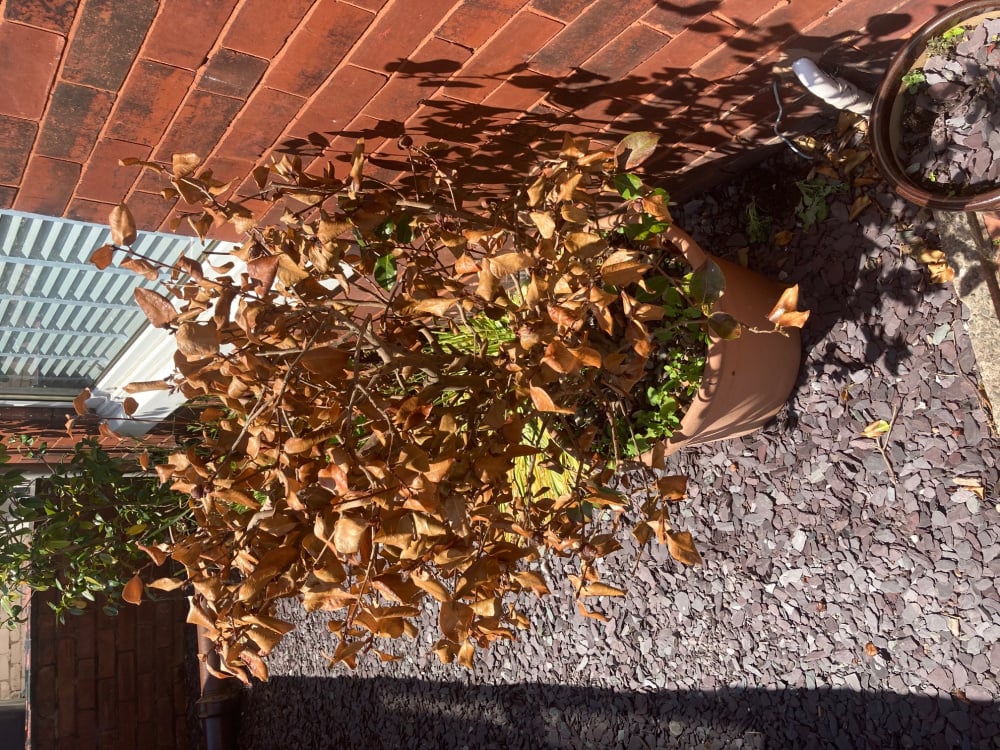 incide with some very light pruning. As you can see there is a small amount of new growth but essentially I'm after some advice as to how to save it if possible. I must add I am a complete novice!!
incide with some very light pruning. As you can see there is a small amount of new growth but essentially I'm after some advice as to how to save it if possible. I must add I am a complete novice!!




 incide with some very light pruning. As you can see there is a small amount of new growth but essentially I'm after some advice as to how to save it if possible. I must add I am a complete novice!!
incide with some very light pruning. As you can see there is a small amount of new growth but essentially I'm after some advice as to how to save it if possible. I must add I am a complete novice!! 0
Posts
I’d also move them away from the wall, they won’t get much rain so near the house, but make sure they are shaded from the morning sun, especially after cooler nights. They get shocked if the hot sun hits them before they’ve warmed up.
I’m no expert, but this might give them a chance of recovery if you’re lucky. If they do recover, I’m sure they’d be happier in the ground somewhere, but only if you have acid soil.
As Ergates says, small pots, big roots, and now damaged, it’s been a very dry Spring they would have needed watering every day.
You can buy them quite cheaply in supermarkets or GC.,
They're usually pretty tough plants but in the conditions.
I have cut one right back almost to the base and it’s made shoots, you could try that, bigger pot, good soil, or in the ground.
I don’t think there’s a lot of choice there, you’ve got nothing to lose by trying.